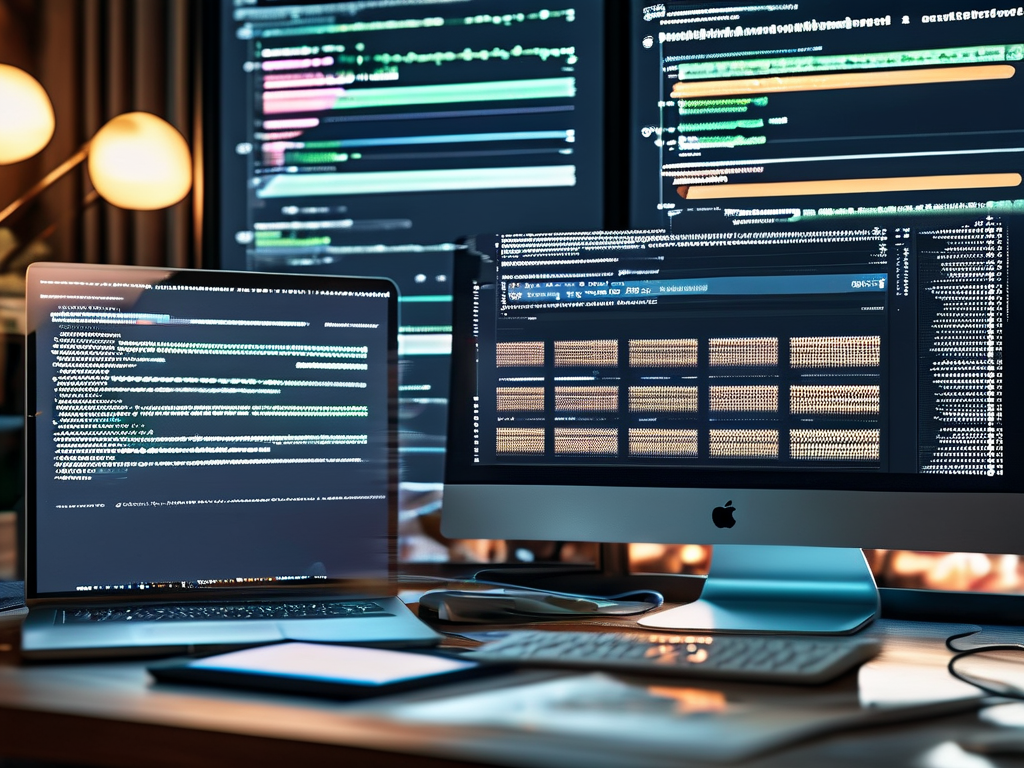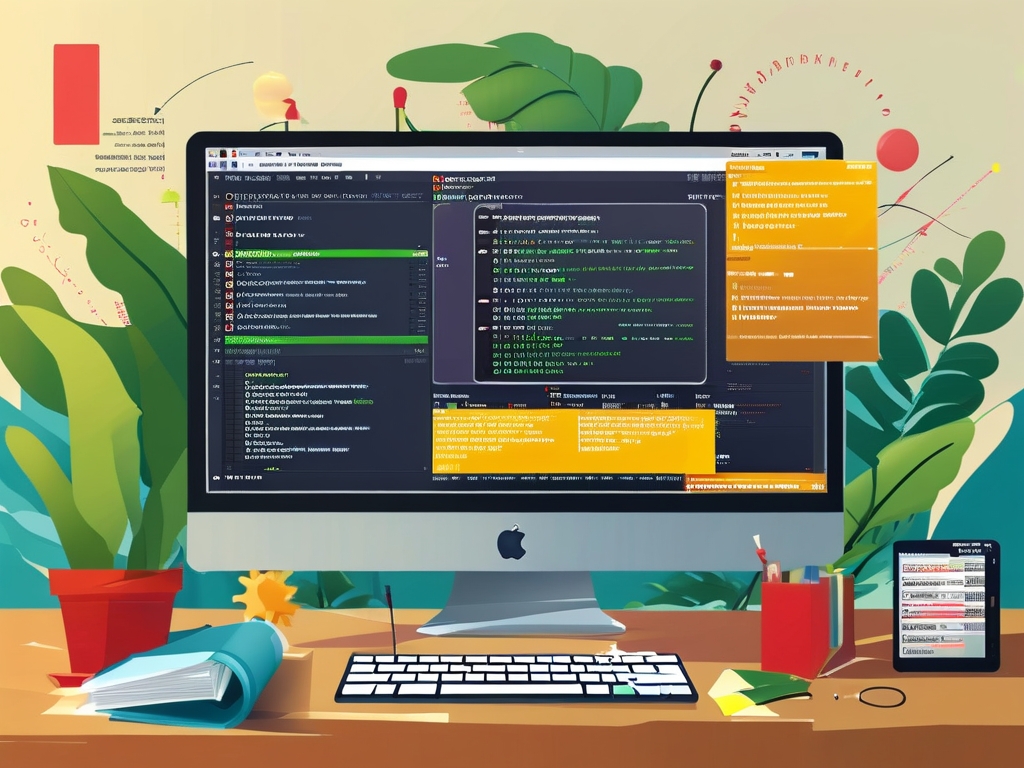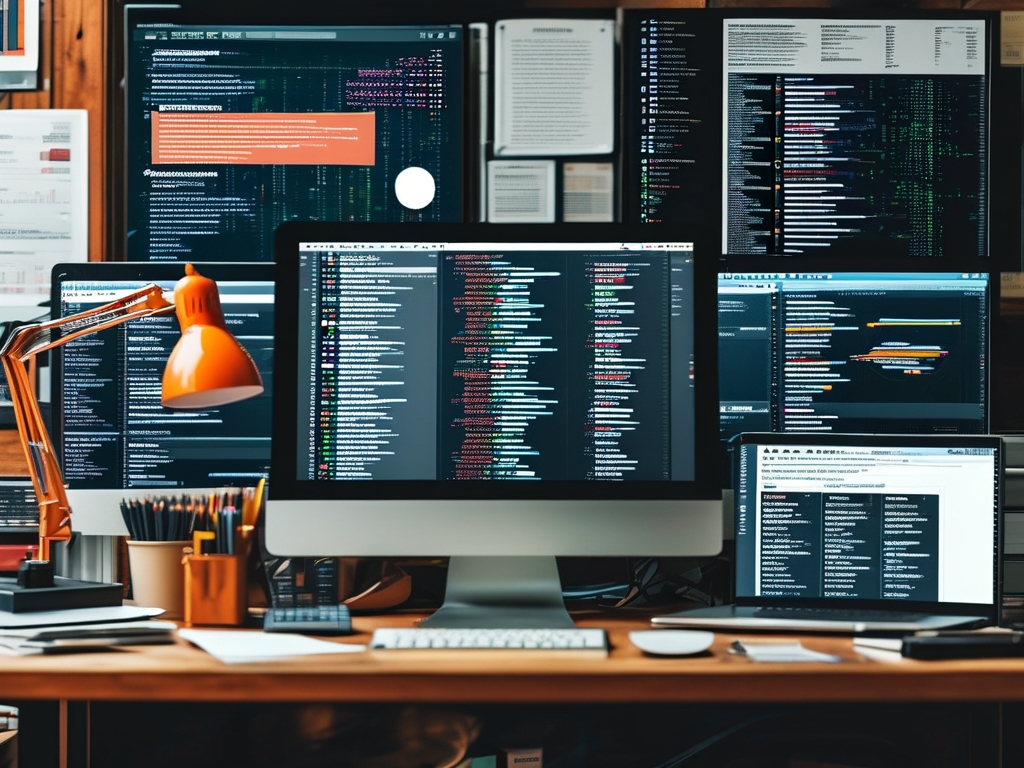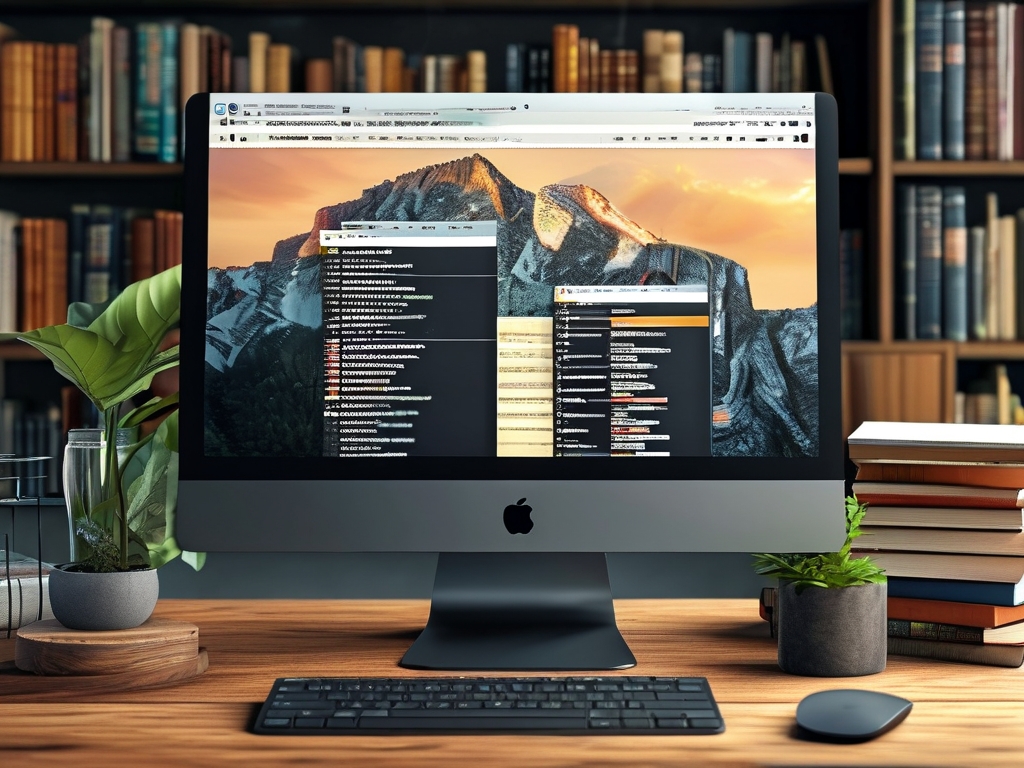The notion that interactive design demands constant social engagement is a pervasive myth. As someone diagnosed with social anxiety disorder (SAD), I’ve navigated the UX/UI design field for six years, transforming perceived weaknesses into professional strengths. This article shares actionable insights for aspiring designers who struggle with social interactions but are passionate about creating meaningful digital experiences.
Understanding the Challenges
Social anxiety often manifests as fear of judgment, discomfort in collaborative settings, and avoidance of public speaking—traits seemingly at odds with design careers. Early in my career, I dreaded client meetings, team brainstorming sessions, and usability testing. The pressure to "network" at conferences felt paralyzing. However, I discovered that these challenges could be reframed:

-
Client Communication
While presenting wireframes to stakeholders triggered anxiety, I learned to channel nervous energy into meticulous preparation. Creating ultra-detailed prototypes with annotated user flows reduced the need for impromptu explanations. Tools like Figma’s comment features and Loom video walkthroughs became my allies, enabling asynchronous feedback that felt less intimidating. -
Team Collaboration
Agile workflows initially overwhelmed me. Through trial and error, I developed strategies:- Volunteering for documentation roles in sprint planning
- Using Miro boards for visual collaboration instead of verbal debates
- Scheduling one-on-one check-ins rather than group critiques
Leveraging Introvert Strengths
Social anxiety often correlates with heightened empathy and observational skills—critical assets in UX design. My ability to hyper-focus for extended periods led to:
- Deeper user research analysis (identifying subtle pain points in interview transcripts)
- Innovative micro-interaction designs (e.g., a "stress-detection" form field that changes color based on typing speed)
- Stronger accessibility implementations (noticing contrast ratios others overlooked)
A 2022 Nielsen Norman Group study found that designers with introverted tendencies scored 18% higher in predicting user abandonment points during usability tests. This aligns with my experience: my reluctance to assume user behavior forced me to rely more heavily on data-driven decisions.
Practical Coping Mechanisms
-
Remote Work Optimization
Negotiating remote/hybrid positions allowed controlled social exposure. I created an "anxiety hierarchy" for virtual interactions:- Level 1: Slack/Discord text chats
- Level 2: Async video updates
- Level 3: Small group Zoom calls
- Level 4: Client presentations
-
Scripting & Templating
Developing reusable frameworks reduced decision fatigue:- Email templates for stakeholder updates
- Pre-written Q&A prompts for user interviews
- Standardized slide decks for different meeting types
-
Tool-Driven Communication
Mastering design systems like Storybook and Zeroheight minimized repetitive explanations. Implementing version control through Abstract ensured smoother handoffs without confrontational "design police" dynamics.
Case Study: Building an Anxiety-Inclusive App
My breakthrough project came when I redesigned a mental health platform’s onboarding flow. Leveraging personal experiences, I introduced:
- Progressive disclosure forms (only 1-2 questions per screen)
- A "pause and breathe" animated prompt triggered by rapid scrolling
- Anonymous peer support matching (reducing social pressure)
Post-launch metrics showed a 37% increase in user retention—a testament to how personal struggles can fuel empathetic design solutions.
Industry Shifts Supporting Neurodiverse Designers
The post-pandemic design landscape increasingly accommodates social anxiety:
- Asynchronous design sprints (e.g., Figma’s async plugin ecosystem)
- AI-assisted user research tools (UserTesting’s sentiment analysis features)
- Quiet hiring trends valuing portfolio depth over networking prowess
Social anxiety isn’t a barrier to UX excellence—it’s a lens that reveals often-ignored user needs. By strategically combining introvert strengths with adaptive communication methods, designers with SAD can thrive. The field needs professionals who understand the 284 million people globally experiencing anxiety disorders. Your unique perspective isn’t just valid; it’s vital to creating inclusive digital futures.
Next Steps

- Explore "quiet UX" communities on ADPList
- Experiment with AI co-pilots for stakeholder communication
- Document your anxiety-to-innovation journey—it might inspire others
Remember: In an era of overwhelming digital noise, the world needs designers who listen more than they speak.









